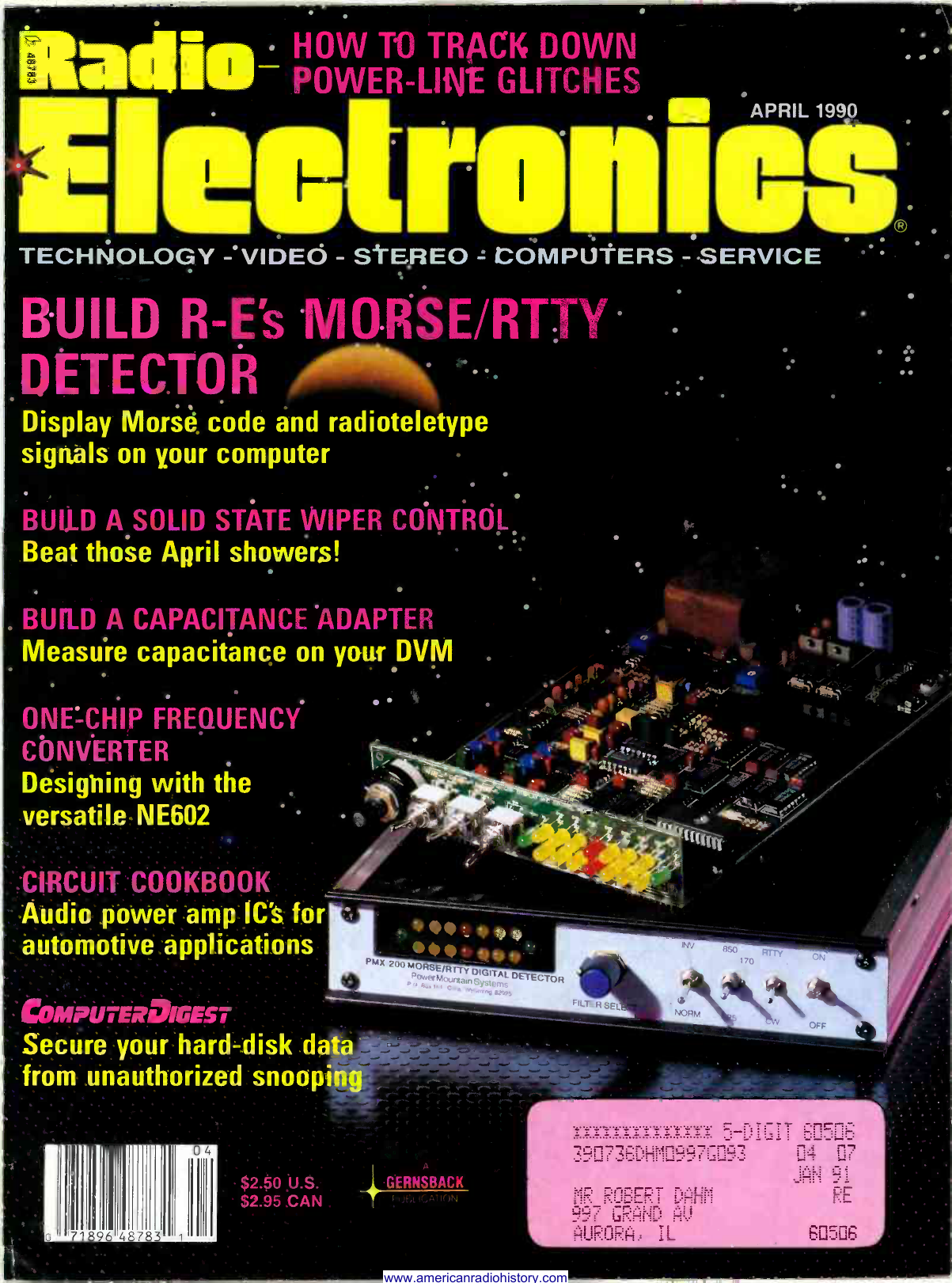Wordcraft Mobile Phones & Portable Devices Driver Download
Smartphones of various makes and technologies all have their own way of setting themselves apart from the rest. This is borne out of the desire to stand out and bandy their respective advantages over all other competing smartphones. Technology, features, user-friendliness, compatibility with other work or even leisure-related devices. and cost-efficiency are among the most foremost factors smartphone companies think about when developing new products for end users.
There are, of course, other marketability considerations about such upcoming devices companies pay attention to but are not wont to disclose readily. But from the average end user’s point of view, the constant barrage of marketing information being used to advertise and eventually sell the idea of “high-tech one-upsmanship” of one smartphone over another, can be very amusing.
Take the case of the various smartphone display technologies and how their names go. Amazing as these names may sound, such can only aggravate our collective cluelessness ratio to things technical. Those that can further make us hapless tech Lilliputians suspect that:
Do you have an idea for a killer app, custom software, gadget or website that will make you stand out from your competitors? Wordcraft are a Derby based software and web development company with over 30 years experience offering bespoke solutions for SMBs throughout the Midlands and the rest of UK. Wordcraft (uncountable) Skill with words; crafty or clever use of words or speech, rhetoric. 2000, Deirdre N. McCloskey, How to be human: though an economist: To identify a piece of speech in finance as rhetoric is not to damn it but to identify it as part of wordcraft. Fokkelman, Narrative art and poetry in the books of Samuel.

- Smartphone makers know how gullible most of us are.
- Smartphone makers use technical jargon to make us even more curious.
- Smartphone makers can sense some geek pretentiousness in most of us.
- Smartphone makers cater to a post-“Star Wars” generation of consumers who understand things better when given names like R2D2, C3PO — or even Wall-E!
Let’s play WordCraft!
Technology we barely recognize as ordinary mortals commonly do two things to us. Either we become absolutely turned off by the gobbledygook or aspirationally consumed by it. All of the above suspicions echo this. But we can all be thankful that advanced technologies in smartphones. and other web-accessible devices for that matter, have all been designed primarily to make work, more so, life better for us. It is up to us to help ourselves by being more informed.
It is not unusual for smartphone display technologies to be named with strangely sequenced consonants interspersed with some numbers, acronyms made up of the first letters of technical words, or in some cases, spacey-sounding monickers. Creative directors will never apologize for such amazing works of wordcraft.
Where do such names come from anyway? So let’s all get down and do some serious alphabet soup unlearning with the names smartphone display technologies go by. Let’s do this minus the tech mumbo-jumbo you can acquire better via brochures and concentrate only on what their names stand for, below:
Smartphone Display Technologies :
- TFT-LCD. Thin-film transistor liquid crystal display. LCD screens need light behind them to shine through pixels to make them visible. The most commonly used mobile phone display tech better for viewing text.
- AMOLED (Samsung). Active-matrix organic light-emitting diode. AMOLED displays that aren’t backlit because each pixel produces its own light. Offers higher image quality while using less power. Phones using such tech tend to be physically thinner.
- Super AMOLED. AMOLED upped to the next level to include touchscreen tech in the manufacturing process. Allows increased brightness and lower power usage.
- Super AMOLED Plus. AMOLED with sharper, clearer images. Something much closer to tech used by LCD. A significant tech change that has to do with subpixel construction.
- Super AMOLED HD. A higher-definition Super AMOLED display.
- Super AMOLED Plus HD. An even higher-definition Super AMOLED Plus display.
- Retina display (Apple). Display with a pixel density that’s high enough for the human eye to find it difficult to make out any individual pixels at normal viewing rates. In other words, no pixellation evident!
- Super-LCD. A type of TFT-LCD display being bandied to rival AMOLED for image quality. Enables lower power consumption than most LCD technologies while not compromising picture quality.
- Mobile BRAVIA engine (Sony). Tech long used for televisions, it stands for Best Resolution Audio Visual Integrated Architecture, and is also a brand. Enables improved images owing to higher rates of sharpness and noise reduction.
- NOVA (LG). LCD-derived tech. Offers increased brightness and at the same time more energy efficiency.

Now that we know where all these oddly-spelled names are coming from, perhaps we can begin naming new smartphones to buy?
You might also like:
Wordcraft Mobile Phones & Portable Devices Driver Download
Leave your valuable comment below:
